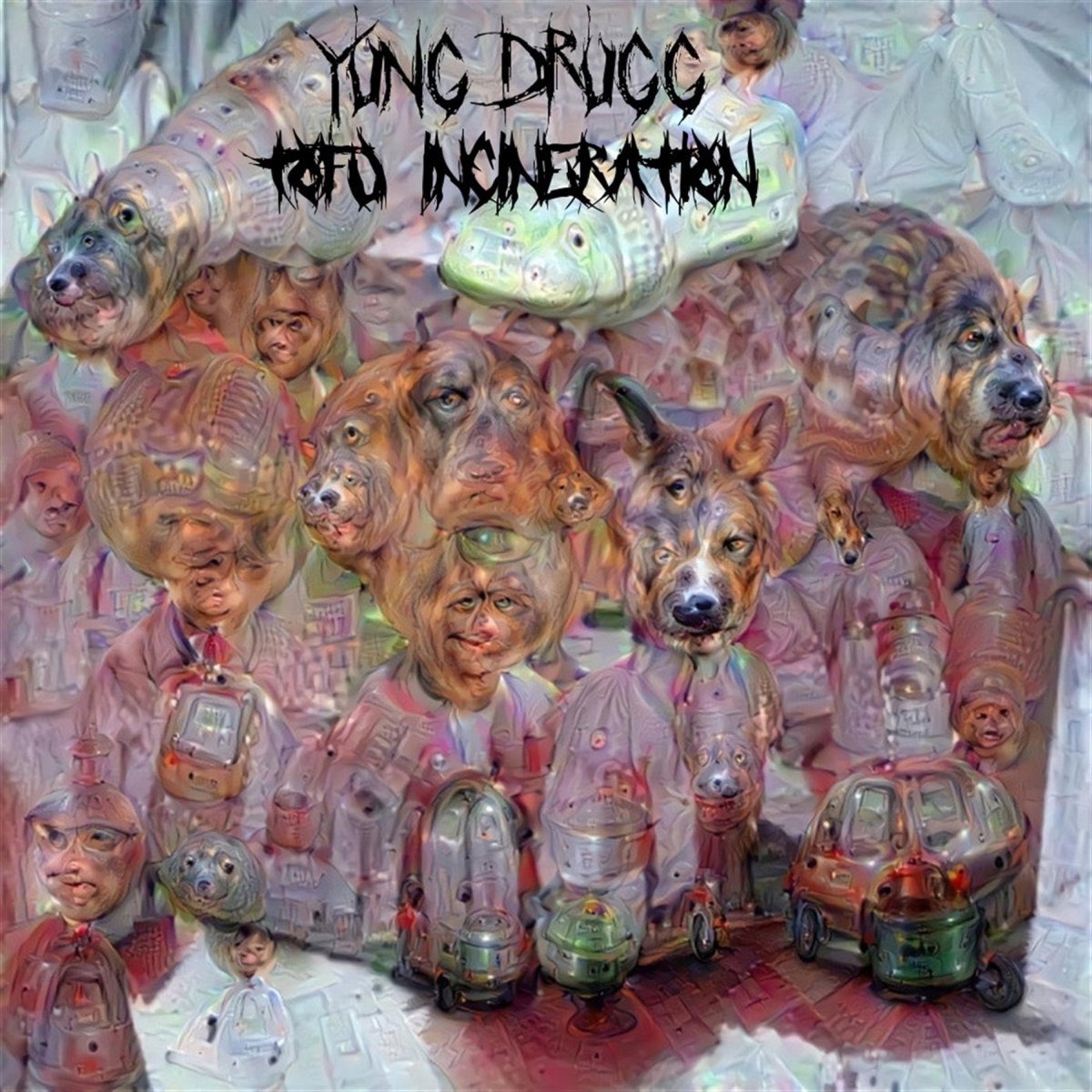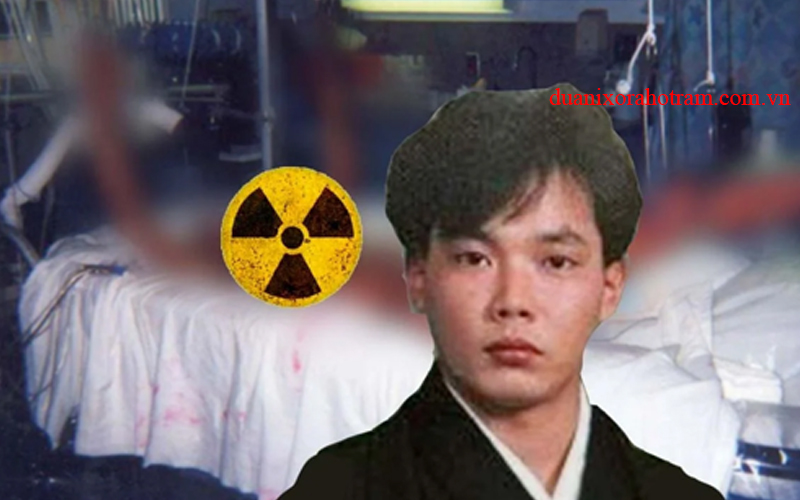The Intriguing Story Of Hisashi Ouchi: Real Events And Their Impact
You’ve probably stumbled upon the name Hisashi Ouchi in some deep corners of the internet, and for good reason. His story is one of the most haunting and unforgettable tales in modern history. It’s not just a story—it’s a real-life event that has left an indelible mark on humanity. The name Hisashi Ouchi is forever tied to the Tokaimura nuclear accident, a tragedy that unfolded in Japan in 1999. But what exactly happened, and why does it matter? Let’s dive into the details and uncover the truth behind this chilling event.
Hisashi Ouchi’s story is not just about a man; it’s about the consequences of human error and the dangers of nuclear technology. It’s a tale that has been told and retold, but many still don’t fully understand the gravity of what happened. This isn’t just another tragedy—it’s a lesson for all of us about the importance of safety, accountability, and the long-lasting impact of our actions.
So, buckle up, because this isn’t just a story. It’s a wake-up call. Let’s explore the real events surrounding Hisashi Ouchi, the impact they had, and why it’s crucial to remember this moment in history. And trust me, by the end of this article, you’ll see why this isn’t just another cautionary tale—it’s a reminder of the fragility of life and the power of science when it goes wrong.
Read also:Financial Insights How Much Does Morgan Wallen Make Per Year
Table of Contents
- Biography of Hisashi Ouchi
- The Tokaimura Accident: What Happened?
- The Impact on Hisashi Ouchi
- Long-Term Effects of the Accident
- Lessons Learned from the Tragedy
- Raising Public Awareness
- Global Response to the Incident
- The Importance of Nuclear Safety
- Ethical Considerations in Nuclear Science
- Steps Toward Future Prevention
Biography of Hisashi Ouchi
Who Was Hisashi Ouchi?
Before we delve into the harrowing events that claimed Hisashi Ouchi’s life, let’s take a moment to understand who he was. Born on October 1, 1969, in Tokaimura, Japan, Ouchi was an ordinary man working at the JCO nuclear fuel processing plant. He was a family man, a husband, and a son—just like millions of others. But his life took a tragic turn on September 30, 1999, when a catastrophic accident occurred at the plant where he worked.
| Name | Hisashi Ouchi |
|---|---|
| Birth Date | October 1, 1969 |
| Place of Birth | Tokaimura, Japan |
| Occupation | Worker at JCO Nuclear Fuel Processing Plant |
| Date of Incident | September 30, 1999 |
| Cause of Death | Acute Radiation Syndrome |
Ouchi’s life was tragically cut short due to circumstances beyond his control. His story serves as a poignant reminder of the risks associated with nuclear technology and the importance of strict safety protocols.
The Tokaimura Accident: What Happened?
On that fateful day in 1999, a criticality accident occurred at the JCO plant in Tokaimura. In simple terms, a criticality accident happens when a nuclear chain reaction becomes self-sustaining, releasing massive amounts of radiation. This particular accident was caused by workers mixing uranium solution in a precipitation tank, which exceeded the critical mass limit.
Here’s how it went down: The workers at the plant were mixing uranium oxide powder with nitric acid to create uranium nitrate solution. However, they deviated from standard procedures and used a stainless-steel bucket instead of the designated tank. This small but fatal mistake led to an uncontrolled chain reaction, releasing deadly levels of radiation.
Key Factors Leading to the Accident
- Human error: Workers failed to follow safety protocols.
- Inadequate training: Employees lacked proper training on handling nuclear materials.
- Insufficient oversight: The plant’s management did not ensure compliance with safety regulations.
This incident wasn’t just a local tragedy; it was a global wake-up call about the dangers of nuclear technology and the need for stricter regulations.
The Impact on Hisashi Ouchi
Hisashi Ouchi was one of the three workers directly exposed to the radiation during the accident. He received a lethal dose of radiation, far exceeding the limits that the human body can tolerate. Ouchi suffered from acute radiation syndrome, which caused severe burns, organ failure, and eventual death.
Read also:Mark Mahoney The Iconic Tattoo Artist Redefining Body Art In Modern Times
Despite being kept alive for 83 days through aggressive medical intervention, Ouchi endured unimaginable pain and suffering. His body was so damaged by radiation that doctors had to perform numerous surgeries and treatments to keep him alive. It was a grim reminder of the devastating effects of radiation exposure.
Physical and Emotional Toll
- Physical injuries: Severe burns, organ damage, and blood loss.
- Emotional distress: The psychological impact on Ouchi and his family was immense.
Ouchi’s story is not just about the physical toll; it’s also about the emotional trauma faced by those who survived him. His family and friends were left to grapple with the loss of a loved one in such a tragic manner.
Long-Term Effects of the Accident
The Tokaimura accident didn’t just affect Hisashi Ouchi; it had far-reaching consequences for the community and beyond. The immediate aftermath included evacuation of nearby residents, extensive decontamination efforts, and long-term health monitoring of those exposed to radiation.
Studies conducted in the years following the accident revealed that several workers and residents developed radiation-related illnesses, including cancer. The environmental impact was also significant, with contamination of soil and water sources in the surrounding area.
Environmental and Health Impacts
- Soil and water contamination: Long-term effects on local ecosystems.
- Increased cancer rates: Health risks for those exposed to radiation.
The incident served as a stark reminder of the potential dangers of nuclear technology and the importance of rigorous safety measures.
Lessons Learned from the Tragedy
Every tragedy offers an opportunity to learn and improve. The Tokaimura accident was no exception. In the wake of the disaster, Japan implemented stricter safety regulations and enhanced training programs for nuclear workers. International organizations also took notice, leading to global efforts to improve nuclear safety standards.
Key lessons learned include:
- Strict adherence to safety protocols is non-negotiable.
- Comprehensive training is essential for all personnel handling nuclear materials.
- Regular inspections and oversight are crucial to preventing accidents.
These lessons have been incorporated into global nuclear safety frameworks, ensuring that such tragedies are less likely to occur in the future.
Raising Public Awareness
Raising awareness about nuclear safety is vital to preventing future accidents. The Tokaimura incident highlighted the importance of educating the public about the risks and benefits of nuclear technology. Governments, organizations, and educational institutions have since stepped up their efforts to inform people about the dangers of nuclear accidents and the importance of safety measures.
Public awareness campaigns have been launched worldwide, emphasizing the need for transparency and accountability in the nuclear industry. These efforts aim to ensure that tragedies like the one involving Hisashi Ouchi are never repeated.
Global Response to the Incident
The Tokaimura accident garnered international attention, prompting a global response. Governments and international organizations collaborated to strengthen nuclear safety standards and improve emergency response protocols. The International Atomic Energy Agency (IAEA) played a pivotal role in leading these efforts.
Key global responses included:
- Implementation of stricter safety regulations worldwide.
- Enhanced collaboration between countries on nuclear safety issues.
- Increased funding for research and development of safer nuclear technologies.
These measures have significantly improved the safety of nuclear operations globally, reducing the likelihood of future accidents.
The Importance of Nuclear Safety
Nuclear safety is not just a technical issue; it’s a moral imperative. The tragic story of Hisashi Ouchi underscores the importance of ensuring that nuclear technology is used responsibly and safely. Every step must be taken to prevent accidents and protect human lives.
Safety measures include:
- Robust safety protocols and emergency response plans.
- Regular training and certification for nuclear workers.
- Ongoing research and development of safer nuclear technologies.
By prioritizing nuclear safety, we can harness the power of nuclear technology for the benefit of humanity while minimizing the risks.
Ethical Considerations in Nuclear Science
Beyond the technical aspects, there are ethical considerations in nuclear science that must be addressed. The tragedy of Hisashi Ouchi raises questions about the moral responsibility of scientists and engineers working with nuclear materials. It’s crucial to ensure that the pursuit of scientific knowledge does not come at the expense of human lives.
Key ethical considerations include:
- Ensuring that nuclear technology is used for peaceful purposes.
- Protecting the rights and safety of workers and communities near nuclear facilities.
- Addressing the long-term environmental and health impacts of nuclear activities.
By considering these ethical dimensions, we can create a more responsible and sustainable nuclear industry.
Steps Toward Future Prevention
Preventing future nuclear accidents requires a multi-faceted approach. Governments, organizations, and individuals must work together to ensure that safety is a top priority. This includes investing in research and development, improving safety protocols, and fostering a culture of accountability and transparency.
Steps toward prevention include:
- Continued investment in safer nuclear technologies.
- Regular audits and inspections of nuclear facilities.
- Public engagement and education on nuclear safety issues.
By taking these steps, we can honor the memory of Hisashi Ouchi and others who have lost their lives in nuclear accidents by ensuring that such tragedies never happen again.
Kesimpulan
The story of Hisashi Ouchi is a poignant reminder of the dangers of nuclear technology and the importance of safety. From the Tokaimura accident to the global response and lessons learned, this tragedy has left an indelible mark on humanity. It’s crucial to remember the lessons of the past and take proactive steps to prevent future accidents.
As we move forward, let’s commit to raising awareness, improving safety standards, and fostering a culture of accountability in the nuclear industry. Together, we can ensure that the legacy of Hisashi Ouchi is one of progress and responsibility.
So, what’s next? Leave a comment below and share your thoughts on this article. Spread the word and help raise awareness about the importance of nuclear safety. And remember, the story of Hisashi Ouchi isn’t just a cautionary tale—it’s a call to action. Let’s make sure that his story inspires positive change for generations to come.


